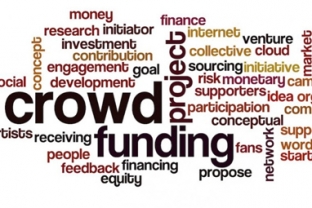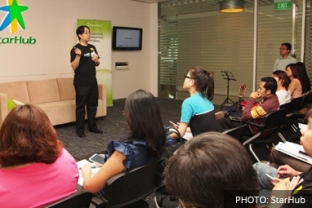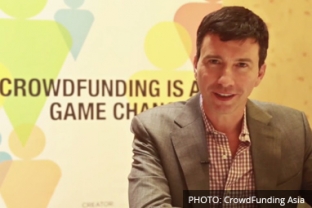What is Crowdfunding and its Different Types?
|
Defined broadly, crowdfunding is a joint effort by individuals to support a cause, company or organization. These individuals are collectively referred to as the "crowd." The role of the individuals in the crowd is to pool their resources. The resource most commonly pooled is money, which is how the word "funding" was added to "crowd" in "crowdfunding." The individuals in the crowd recognize that they can accomplish significantly more by working collectively, rather than separately. This recognition is what brings the crowd together and gets them working productively with each other, even if they were strangers beforehand. Crowdfunding is typically done on the Internet, since the Internet is such an efficient way for people to organize and collaborate. There are basically four different types of crowdfunding – we briefly explain them all in this article. The four types of crowdfunding are: (1) donation, (2) reward, (3) equity and (4) debt. In donation-based crowdfunding, the crowd gives money or some other resource because they want to support the cause. One example is a youth baseball which is raising money to travel to a tournament. The crowd gives money and gets nothing in return, other than the good feeling that comes with knowing the team can travel to compete. In reward-based crowdfunding, individuals forming the crowd give money to a business in exchange for a "reward," typically the product or service that that particular company produces or provides. Reward-based crowdfunding has been made popular by crowdfunding sites that are different from SterlingFunder, such as Kickstarter and Indiegogo. The last two types of crowdfunding are equity and debt, which is where SterlingFunder comes into play. With equity-based crowdfunding, members of the crowd become part-owners of the company which is raising funds. In other words, the company sells some or all of its shares to the members of the crowd. As equity owners of the company, the crowd realizes a return of its investment and, assuming the company performs well, receives a share of the profits, in the form of a dividend or distribution. Debt crowdfunding is the last type – and one SterlingFunder also offers. In this type of crowdfunding, the company raising money does not sell shares, but instead borrows money from the crowd. The individuals lending the money receive the company's legally binding commitment to repay the loan at certain time intervals and at a certain interest rate. These are the four basic types of crowdfunding. By the way, there is more information about investing through crowdfunding in our Learning Hub, which can be accessed from the SterlingFunder homepage. The more you get involved with crowdfunding, the more you will learn. And the more you learn, the more you will understand the exciting opportunities presented by this new industry. This article is taken from Sterling Funder (https://www.sterlingfunder.com/) |
|







